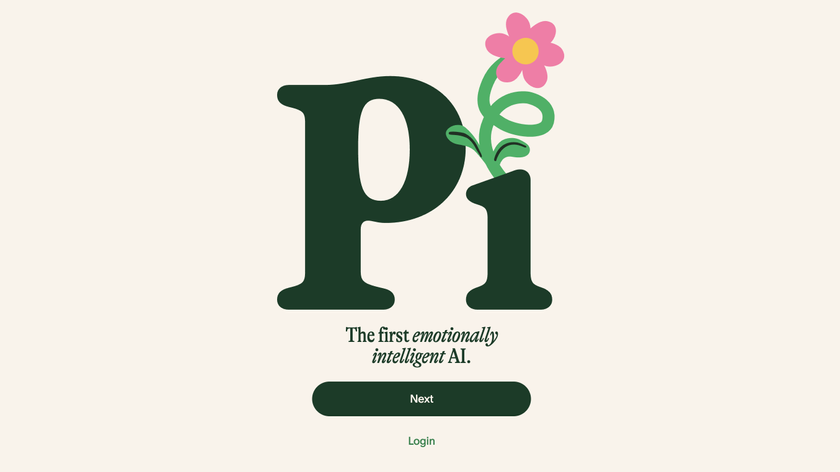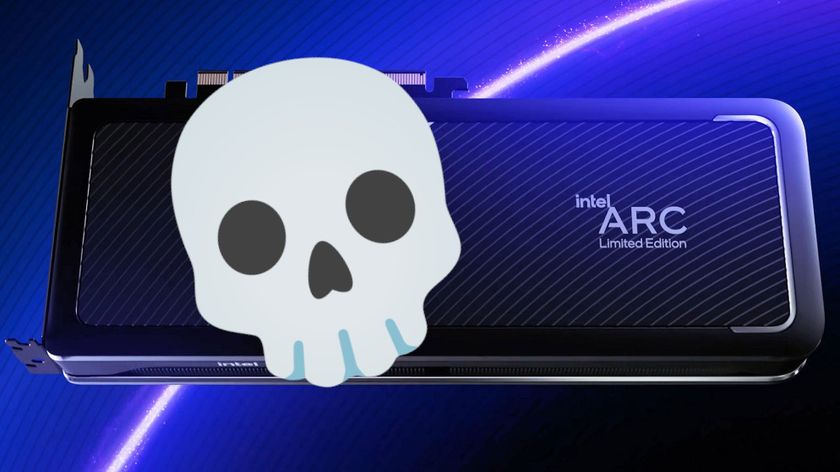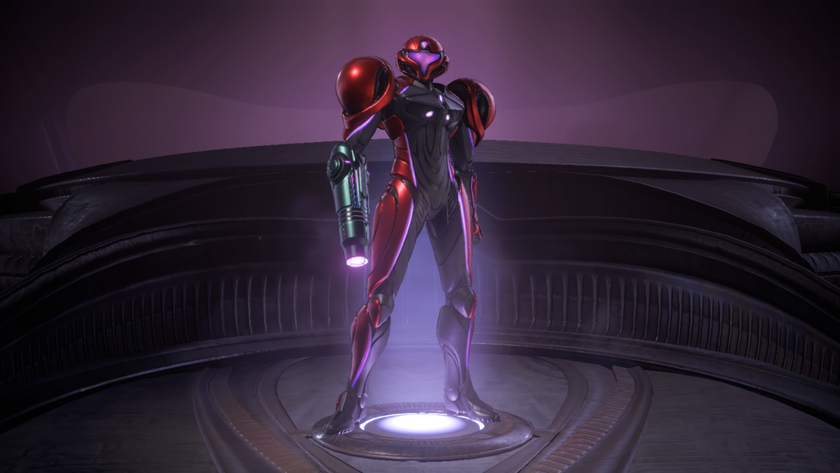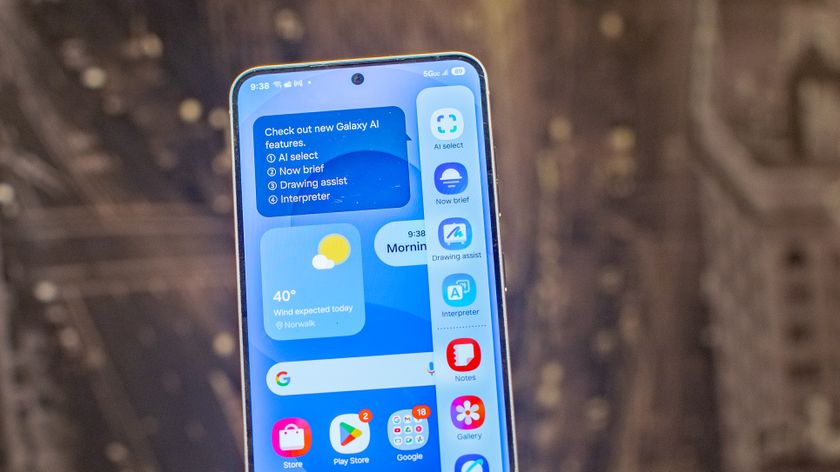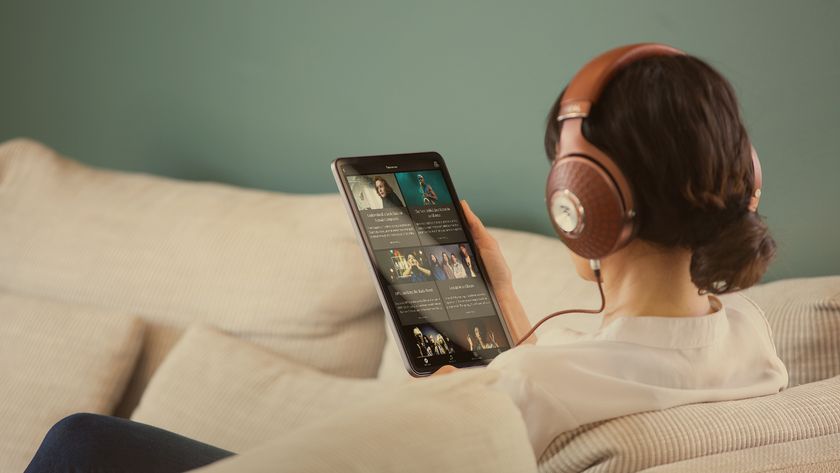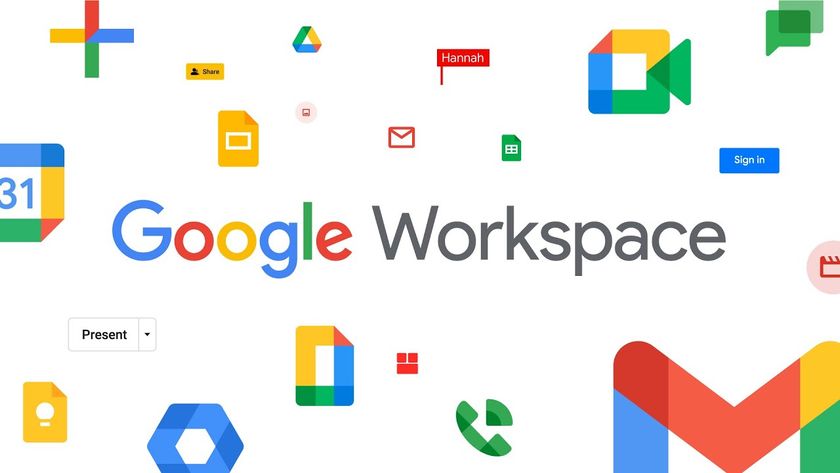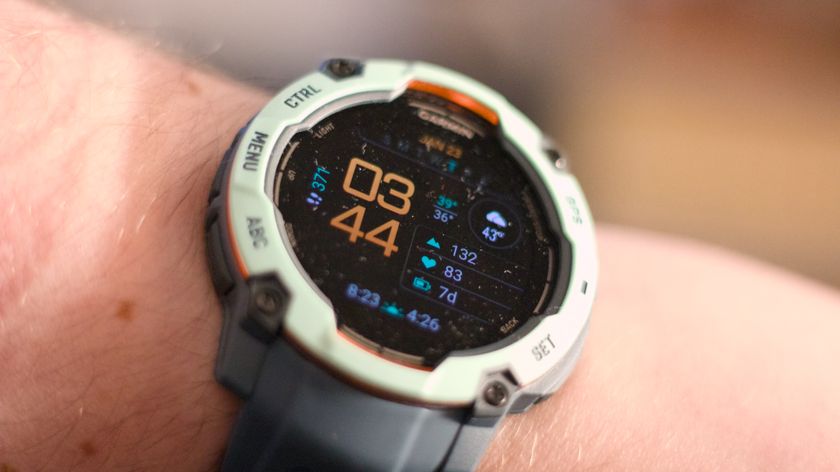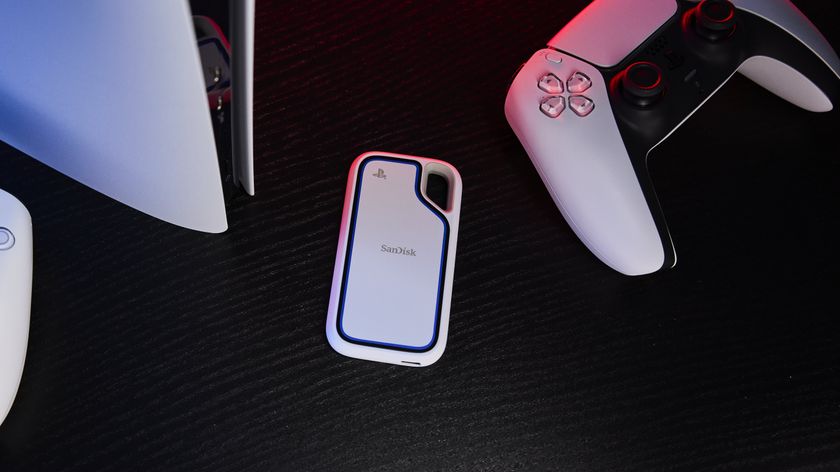Here is the 'cloud OS' that Microsoft built to run on your servers
Windows Server 2016 has you covered whether you want to just run a single server, or go all the way to hybrid cloud
Hybrid cloud isn't the only thing you can use Windows Server 2016 for, Snover points out. "If you still need to have a server you can walk up to and manage directly, with Windows Server 2016 there will be a bunch of people that will still do that."

Over the years, Windows Server has evolved from a single server for the office to enterprise networks and data centres, and Snover says the new version is still a good solution for all of that. "If you want a server with the full desktop client experience on a single box [you can do that]. The server you walk up to has the full Windows client experience and we see this being used for very small customers and RDP scenarios.
"We've still invested in the enterprise era servers with improvements for Active Directory and data centres. Server Core is where you'll run your existing headless workloads. You can take your existing apps and they'll just get better because they're running on an operating system that's more secure than it used to be.
"Then you can take those apps and with a little bit of work you can adapt them to use new technologies like containers. But we've also spent a lot of time supporting cloud native applications. The new scenario we've lit up is cloud."
He continues: "Is everybody ready to move to cloud? The answer of course is no, only some are ready to move. But what we've seen is that each of these new eras of server didn't replace the previous eras – each time they started out a new market and that grew."
DevOps models
Containers are a way to move to the increasingly popular DevOps approach. "There are two DevOps models," Snover points out, "and the traditional model has nothing to do with containers. What containers do is enable a refinement of the DevOps model where a bunch of things that used to be done on the live system by the ops team after deployment is now being done by developers in the lab, so change happens further upstream and gets pushed out."
Snover also notes that you shouldn't judge containers by the performance in technical previews of Windows Server. "When we first did containers, the performance was terrible. But then the Windows engineering DNA kicked in and week after week we could see the numbers come down." A container will start in less than a second, he says, and Nano Server itself boots in about two and a half seconds (for comparison, a Windows Server 2012 R2 system can take around ten minutes).
Are you a pro? Subscribe to our newsletter
Sign up to the TechRadar Pro newsletter to get all the top news, opinion, features and guidance your business needs to succeed!
Windows Server 2016 customers are getting the advantage of what Microsoft learned running Azure. Take the changes in Hyper-V: "It used to be that in each release we would match VMware," says Snover. "Now we're not so up on that because we're driven by Azure."
Microsoft also learned a lot by building the Cloud Platform System, pre-built hardware running Azure Pack for private cloud. "We learned how to make sure this runs with low maintenance and low friction. A rolling cluster upgrade was a very hard thing to do; now you can easily patch and upgrade the system and maintain service availability," Snover noted.
The server that cloud built
"Windows Server 2016 takes a lot of the innovation we got from running Azure and makes that cloud innovation mainstream," Snover says. "Today we see a lot of failure in cloud and the people who are successful are the high priests of technology. We're going to take that and mainstream that and do 'cloud for the masses'.
"If you want complete control over your environment, if you want to pick your hardware and run it however you want, if you need unique 'snowflake' servers, Windows Server 2016 is awesome for that too."
- We round up everything you need to know about Windows Server 2016
Mary (Twitter, Google+, website) started her career at Future Publishing, saw the AOL meltdown first hand the first time around when she ran the AOL UK computing channel, and she's been a freelance tech writer for over a decade. She's used every version of Windows and Office released, and every smartphone too, but she's still looking for the perfect tablet. Yes, she really does have USB earrings.


